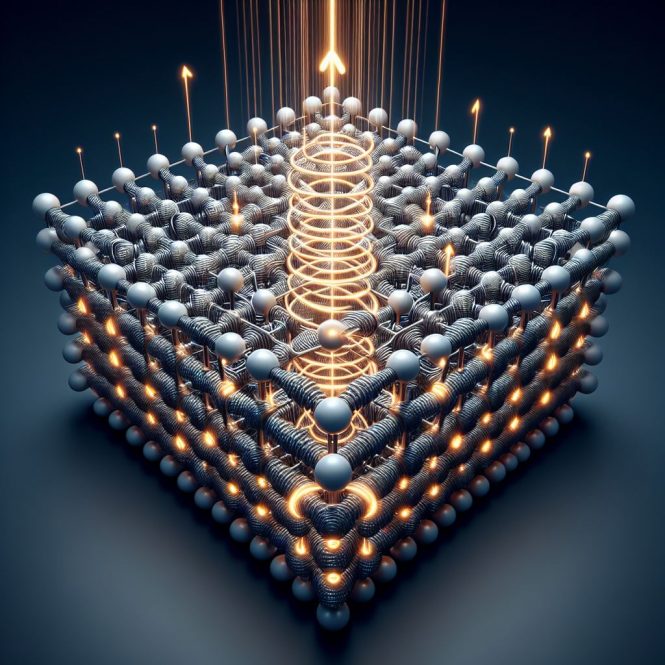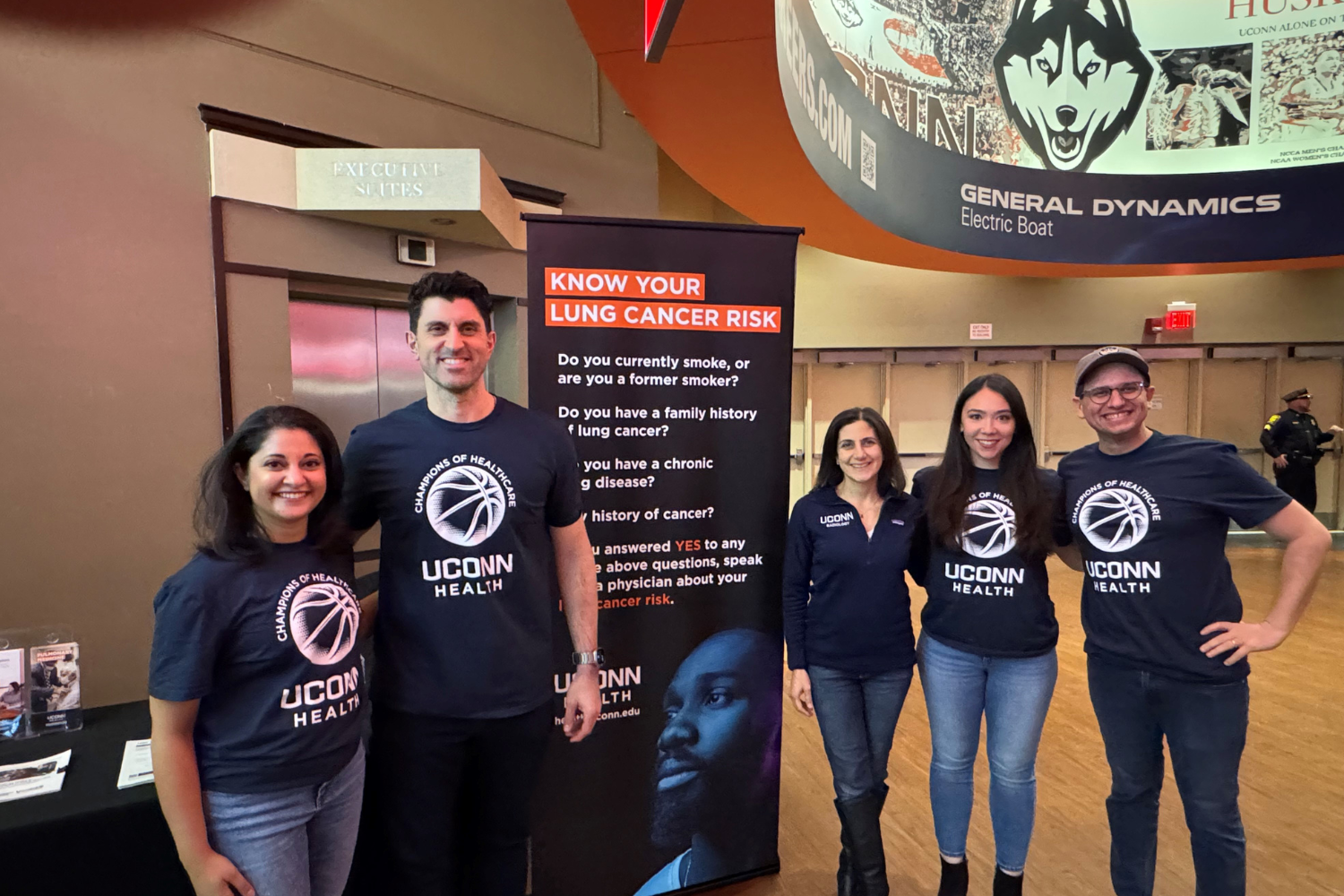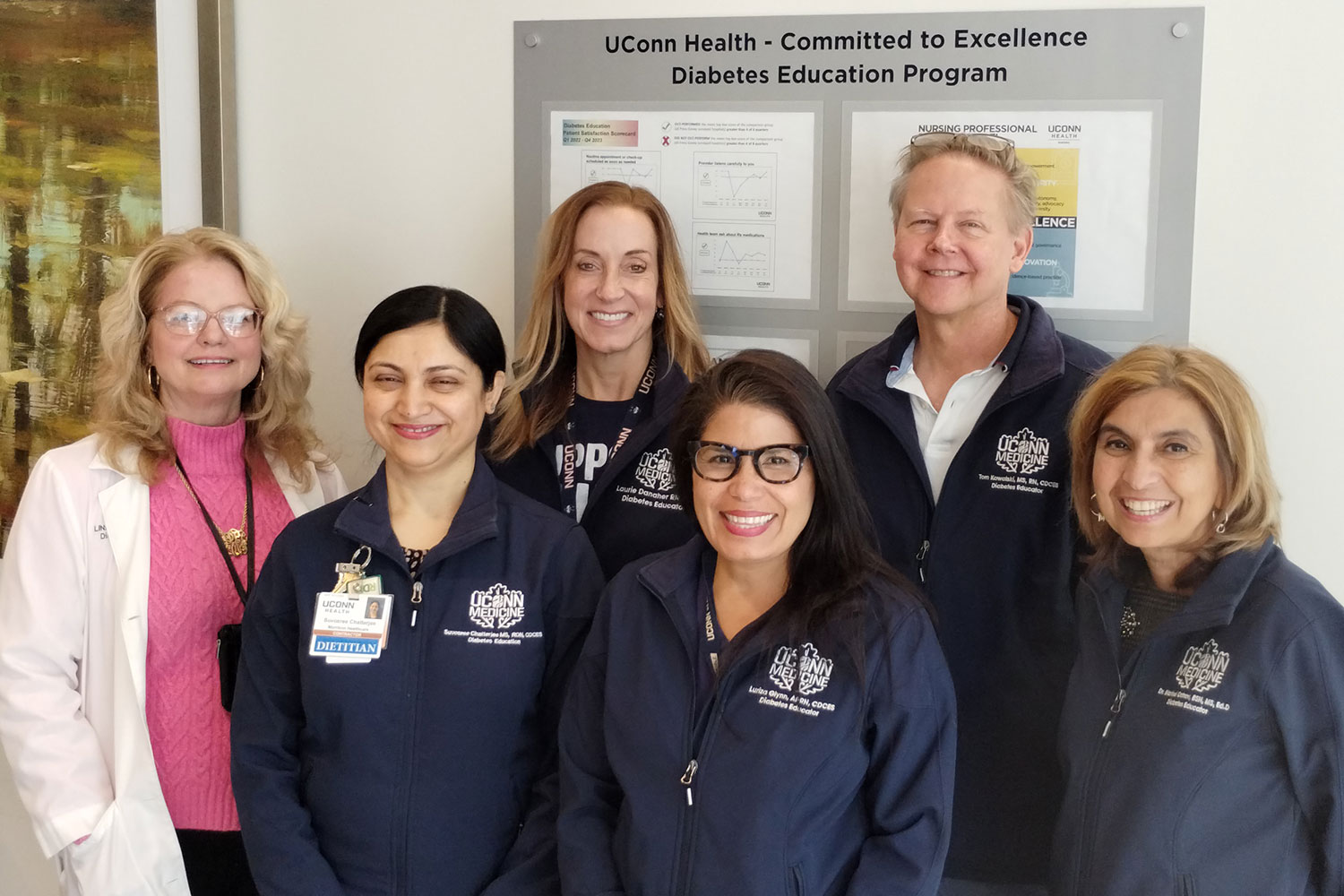From faster computers to more efficient energy use, a new quantum study with roots at UConn can potentially revolutionize technology.
Conducted by a team of UConn researchers, the Nordic Institute of Theoretical Physics (NORDITA), and Stockholm University (SU), the study involves “driven quantum matter.” In the process, atoms and electrons in a material are constantly agitated by external light sources.
The goal of this process is to manipulate the material to undergo certain transformations when illuminated with light, such as becoming superconductors or developing magnetism. These quantum behaviors hold massive potential in the future of technology.
These behaviors, which defy the rules of classical physics, are a subject of fascination in the field. So far, researchers have only been able to induce quantum behaviors like magnetism and superconductivity at extremely low temperatures in controlled lab environments. This limits the potential of quantum research to certain conditions.
Now, there has been a breakthrough. In 2016, UConn Physics professor and Institute for Materials Science researcher Alexander Balatsky worked with collaborators to develop a theory. The team of researchers from UConn, NORDITA, and SU are the first in the world to induce quantum behavior at room temperature, making a non-magnetic material magnetic using laser light.
This process is detailed in an upcoming Nature publication. It involves using short bursts of intense laser beams to “stir up” atoms and electrons in an oxide based on titanium and strontium (STO).
The basis of the study was inspired by Balatsky’s theory of “dynamical multiferroicity,” which predicts that when titanium atoms are stirred in STO with circularly polarized light, the atoms and electrons can be “tricked” into circulating in loops that generate a magnetic field that makes the material as powerful as a refrigerator magnet.
“It’s essentially the atomic single cell version of an electric motor,” Balatsky says. “You spin the charges, and they produce a magnetic moment.”
This is the first time that a study has confirmed the theory. SU researcher Stefano Bonetti led a collaboration with Balatsky and his team to provide clear evidence of room temperature magnetization in STO. This breakthrough paves the way for ultrafast magnetic switches that can be used for more energy-efficient computers and faster information transfer.
“Tapping into this for quantum technology applications, that holds the potential for the future,” Balatsky says. “It’s not only about qubits or quantum computing. Quantum materials are going to underpin this technology in the future.” He added that new applications of these ideas to quantum materials have led to collaborative projects between UConn and RTX.
This achievement underscores UConn’s commitment to advancing quantum materials research, from the Quantum Initiative to strategic partnerships such as Quantum CT, a joint effort with Yale University aimed at establishing Connecticut as a national hub for quantum technology.



